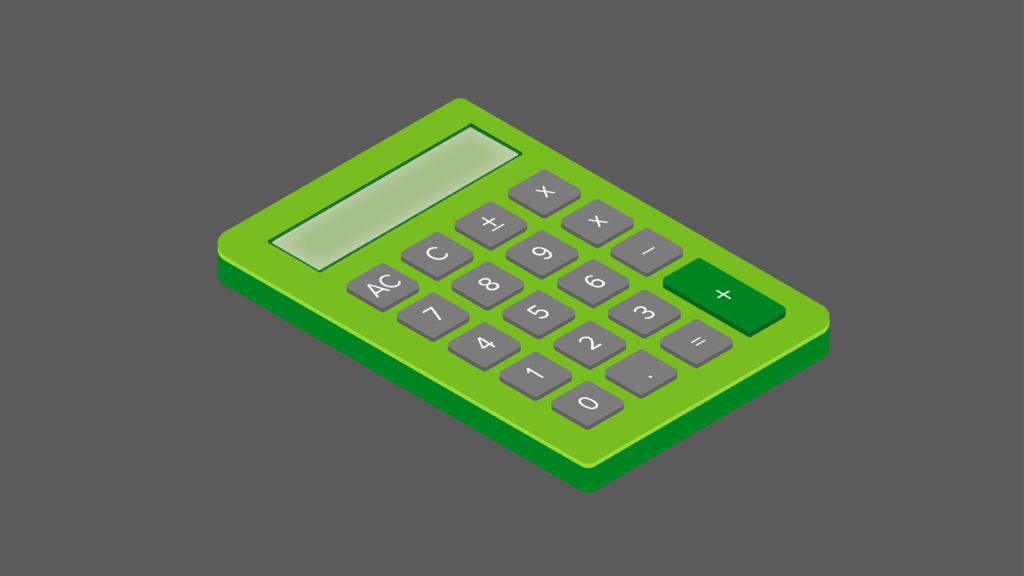So you’ve heard that running a masternode or service node for a blockchain project can earn you cryptocurrency rewards — enticing, right? But have you factored in the costs? Is it worth the time and effort? This article will help you figure that out by showing you how to calculate your potential masternode rewards.
Masternode rewards formula
You can estimate your net masternode rewards using the following equation:
- Gross Rewards are the total cryptocurrency rewards you receive for running a masternode or service node over a particular period of time.
- Costs are the total costs you incur for running a masternode or service node over a particular period of time.
- Initial Cost is the cost of your initial upfront contribution, which for masternodes or service nodes will be the amount of cryptocurrency you stake.
- Net Rewards is the net change from your initial cost, expressed as a percentage.
How to work out your potential masternode rewards
While it’s easy to work out the rewards you’ve received in the past, predicting the rewards you could receive in the future is a bit more complicated.
Masternode and service node rewards vary in terms of amount and frequency. To accurately calculate future rewards, you’ll need to know the block time, the number of masternodes (or service nodes) on the network, and the emission curve.
Block time
A masternode (or service node) receives a reward every time a new block is generated. The time it takes for a block to be generated on a particular blockchain can be found within the project’s whitepaper or cryptoeconomic paper.
For example, Loki’s block generation time is 120 seconds, which means that every 120 seconds a block will be generated, and a masternode or service node will receive a reward.
Number of masternodes or service nodes on the network
For every block that’s generated, only one masternode or service node gets a reward. The order in which masternodes earn rewards varies from project to project. However, in order to estimate your future rewards, you just need to know how many masternodes are on the network.
Usually, this information can be found on a project’s ‘block explorer’. The number of service nodes on the Loki network can be found on either the Loki Block Explorer or the Loki Dashboard.
For the purposes of our example, let’s say that Loki has 738 active service nodes.
Emission curve
The emission curve tells you how much cryptocurrency a masternode earns earn each time a block is produced, in relation to the current block height (the total number of blocks currently on the blockchain).
In most cases, this information can be found in the cryptocurrency project’s whitepaper or cryptoeconomic paper. For example, Loki’s Emission Curve equation, along with supporting information, can be found here.
At this point in time, Loki’s emission curve now provides a flat 16.5 $LOKI per block reward to our service nodes. Some networks’ block rewards will change over time, so make sure to investigate whether your chosen project’s block reward is flat or dynamic when calculating rewards.
Reward frequency
When you know the block time and the number of masternodes or service nodes on the network, you can use this formula to estimate how frequently you will receive rewards:

Note: In most blockchains, rewards are automatically distributed by the network using a queue system. When you start running a masternode or service node, you’ll join the back of the rewards queue. When the masternode or service node at the front of the queue receives its reward, it moves to the back. Eventually, your masternode or service node will be first in queue and receive its reward.

In this example, with 738 active service nodes on the network, you’d receive a reward every 1,476 minutes (24.6 hours).
Gross masternode reward calculations
Assuming the rewards you earn remain constant, you can calculate the total rewards you’d receive in a given period — for example, one year.
At a block height of 356147, you’d earn 15.1 $LOKI every 24.6 hours. There are 8,760 hours in a year, so at this rate you’d earn a reward 356.09 times per year (8760 / 24.6 = 356.09).
If we multiply the number of times you’d receive a reward in a year by the amount of $LOKI you’d receive per reward, we can calculate that you could receive 5,377.07 $LOKI per year (356.09 x 15.1 = 5,377.07).
Imagining that the price of $LOKI is $US0.30, the gross rewards you could receive in a year would be US$1613.12 (5,377.07 x 0.30 = 1613.12)
Working out your costs
Initial Cost
Your Initial Cost is the staking requirement of your chosen masternode or service node. The staking requirement will be a certain amount of cryptocurrency, which may remain constant or change over time, depending on the crypto project in question.
In most cases, the staking requirement (or how to calculate it) will be outlined in a blockchain project’s whitepaper or crypto-economic paper. For example, the formula to work out the Loki Staking Requirement (LSR) can be found here:

Where:
- ‘LSR’ is the Loki Staking Requirement
- ‘h’ is the block height (in this example, Loki’s block height is 356147)

The Loki Staking Requirement in this example would be 21,397.3 $LOKI.
If we imagine the price of Loki to be US$0.30, the Loki Staking Requirement in USD would be $6,419.19 (21,397.3 x 0.30 = 6419.19).
Ongoing costs
Hosting
The most significant ongoing cost involved in running a masternode or service node is the cost of hosting the node itself. Typically, the cheapest and most effective way to run a masternode or service node is to use a Virtual Private Server (VPS). VPS providers let you rent out monthly access to a remote computer which can run the software needed for it to be a masternode or service node. There are thousands of options when it comes to VPS providers, and we recommend doing your own research to find a provider that works for you.
For the purposes of our example, let’s assume your VPS costs $15 USD per month (a fairly typical rate for a good-quality VPS service). Over a year, the total costs would be $180 USD (15 x 12 = 180).
Internet
You’ll need a reliable internet connection to manage your VPS. This will be crucial when you need to update your masternode or service node software, as out-of-date masternodes can be disqualified from receiving rewards, or even be decommissioned or deregistered from the network.
However, because internet access is widespread in most parts of the world, this cost will not be considered as part of the cost of running a masternode (and thus will be left out of our calculations).
Back to the masternode rewards formula
We now have the necessary information to calculate our masternode or service node rewards using the net reward formula:
- The total rewards you could receive in a year, converted into USD, are $2,097.06
- The total costs you might incur in a year are US$180
- The hypothetical initial cost is US$7,039.71
Remembering our masternode rewards formula:

Using the above example amounts:

Net reward = 0.272321 (27.23%)
Over a period of one year, assuming all the above figures remain constant, your net reward for running a Loki service node would be 27.23%. This means that after a year, your initial contribution would have effectively increased by 27.23%. You also get back your initial crypto stake when you stop running your masternode.
Limitations
The net reward equation is a great simple tool for estimating a masternode or service node’s reward output — but it’s just that, an estimation. There are several variables to consider, all of which can change over time. These include:
- Masternode/service node count: The number of masternodes or service nodes on the network is constantly changing, and the higher the number, the longer you will have to wait to receive a payout.
- Coin price: The price of the coin you’re staking is subject to market fluctuations. This means your holdings (and rewards) may be worth more at the end of your staking (lock-up) period, or less.
- Block reward: Block rewards are dependent on the coin emission curve used by each particular blockchain project, and they can differ significantly. For example, Bitcoin’s block reward stays static for 4 years and then halves, while Loki’s block reward changes with each block, slowly reducing over time.
- VPS prices: Choosing the cheapest VPS option doesn’t guarantee the lowest overall costs of running a masternode or service node. Cheaper options might not be as reliable as more expensive ones, and if your VPS goes offline for a while, you might miss out on rewards — or even be deregistered or decommissioned.
Conclusion
Calculating a masternode or service node’s net reward is a great way to figure out which cryptocurrency project you might want to run a masternode for. This article outlines a quick and easy way to estimate your rewards, but you’ll want to do more in-depth research on the project you’re thinking of running a masternode for to get a more specific calculation of the rewards you could earn.
TLDR: Masternode (and service node) rewards
Running a masternode or service node can earn you cryptocurrency rewards, but before you spin up a service node, you should check that your costs won’t outstrip your rewards. Skim through each section above for a lowdown on the math behind the rewards.
